Salil Chowdhury: ‘Suhaana Safar’ of Musical Genius Will Go On…
- Tushar Prabhune, Ahemdabad
On July 5, Team Nostalgianaa paid glowing tributes to legendary composer Salil Chowdhury at a musical show “Mere Apne: Salil Da” supported by Swar Alaap. Tushar Prabhune, senior journalist with The Times of India, pens a review. All of us have grown up listening to songs from Hindi film music’s Golden Era; the stunningly melodious compositions, lyrics that triggered a myriad of emotions ranging from rapture to melancholy, and the incredibly innovative use of musical instruments by arrangers that define the mood according to the script.
Curiosity is an inherent characteristic of a human being and played a key role in evolution. But the visible disinterest in learning beyond the obvious about these soulful melodies is bewildering, to say the least. Team Nostagiaana, which brings to fore unsung heroes, has embarked on a pursuit to search for answers to this enigma.
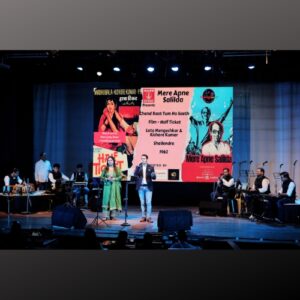 The team paying tributes to legendary Salil Chowdhary on the night of Sunday (July 2) at Veer Savarkar Smarak, Dadar, was a humble attempt to showcase the intricacies of his compositions whose freshness is like a just-bloomed flower, and the sheer genius of this multi-faceted Bollywood composer. What more could we have asked for? We got to learn about this legend directly from the horse’s mouth – his son Sanjoy Chowdhary, an ace composer himself, who was generous enough to spare three hours at the auditorium.
The team paying tributes to legendary Salil Chowdhary on the night of Sunday (July 2) at Veer Savarkar Smarak, Dadar, was a humble attempt to showcase the intricacies of his compositions whose freshness is like a just-bloomed flower, and the sheer genius of this multi-faceted Bollywood composer. What more could we have asked for? We got to learn about this legend directly from the horse’s mouth – his son Sanjoy Chowdhary, an ace composer himself, who was generous enough to spare three hours at the auditorium.
What a coincidence it was! Monsoon is peaking in Mumbai and Sunday rains failed to water down the spirit of an august gathering that came to learn more about Salil (which literally means ‘water’)! The programme ‘Mere Apne Salil Da’ was conceptualized by Shankar Iyer and Balaji Ramchandran as an endearing tribute to the maestro, whose Kishore Kumar stunner ‘Koi Hota Jisko Apna, Hum Apna Keh Lete Yaaron‘ from Gulzar’s 1971 ‘Mere Apne’ brings to fore the solitude of a violent gang leader yearning for love.
The programme supported by Swar Alaap was not a usual rendition of songs where listeners left humming them. But the endeavour was to etch in their memories Salil Da’s unique composing style, his adventurous experiments with chorus and choir, his in-depth knowledge of Western and Indian classical, and his personality that remained deeply rooted in the ground.
It was with this strong intent that Nostalgiaana collaborated with Swar Aalap and, undertook laborious research on every minute aspect of his selected songs that ultimately left the listeners wanting for more! A striking feature of the evening was the justice done to Salil Da’s songs by a team of just Six musicians and a group of chorus singers. It’s no mean task to play Salil Da’s songs, which originally had a 40 or 60-piece orchestra, with just six instruments – two Keyboards (Omkar Devaskar and Sagar Temghare), Flute (Kiran Vinkar), Tabla (Abhijit Sawant), Dholak (Pankaj Dhopavkar) and Octapad (Harsh Parmar). These musicians did full justice to the blessed vocalists Raina Lahiri and Sagar Sawarkar who were ably supported by technicians Pradeep Babar (sound) and Vijay Raut (lighting).
The programme kicked off with the breezy “Jaaneman Jaaneman Tere Do Nayan‘ from Basu Chatterjee’s ‘Chhoti Si Baat’ which resonates with generous doses of Eastern Europe symphonies that Salil Da was so adept at using for Hindi songs. And, then followed a medley of signature classics – Dil Tadap Tadap Ke Keh Raha hai (Madhumati, 1958), Tasveer Teri Dil Mein (Maya, 1961) and Itna Na Mujhse Tu Pyar Badha (Chhaya, 1961), which left the audience wanting for more!
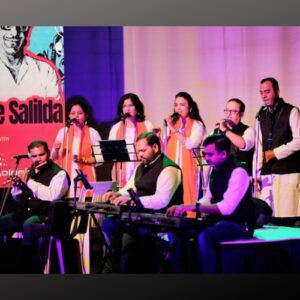 Four aspects of Salil Da’s Music
Four aspects of Salil Da’s Music
The live performances were interspersed with uniquely captivating audio-visual) medleys created from film posters, artist images, and song-related specific information. Decoding Salil Da’s music was woven around four aspects:
1) Use of Chorus and Choir
2) Jumping of musical notes (a phrase coined by Team Nostalgiaana) that highlighted the composer’s desire to experiment and bring in Western music concepts
3) Popular & amp; lesser-discussed Hindi film songs with hitherto unknown regional versions
4) His collaboration with lyricists Shailendra and Yogesh.
The listeners were left unsatiated with Raina crooning the haunting “Aaja Re Pardesi‘ from Madhumati and roars of “once more’ rented the auditorium! Just a few minutes ago, Raina Lahiri had rendered “Na Jaane Kyun Hota Hai Yeh Zindagi Ke Saath‘, another Chhoti Si Baat number that she effortlessly sailed through the jumping notes and octaves, an aspect that Shankar had explained in layman’s terms, thus raising the bar of these unique compositions. Veena Joshi & her team of chorus singers Sonal Naik, Nishigandha Phatak, Rahul Chitnis and Anil Bhilare need an emphatic mention here. These backstage artists sang chorus and choir with proficiency and remarkable sync that infused the yesteryears’ originality in live songs.
 If Sagar brilliantly encapsulated the desolation of Dilip Kumar in “Toote Hue Khwabon Ne” (Madhumati), Raina’s lilting voice in the Raag Malgunji-based ‘Na Jiya Laage Na (Anand, 1971), exemplified what Shankar explained as the genius composer’s art of inserting jumping notes. Kishore Kumar-Madhubala’s onscreen chemistry was relived as Sagar & Raina belted out ‘Chand Raat Tum Ho Saath‘ (Half Ticket, 1962) in the same genre. It’s another story how Lata, Rafi and Kishore made these complex yet sweet compositions look like a child’s play!
If Sagar brilliantly encapsulated the desolation of Dilip Kumar in “Toote Hue Khwabon Ne” (Madhumati), Raina’s lilting voice in the Raag Malgunji-based ‘Na Jiya Laage Na (Anand, 1971), exemplified what Shankar explained as the genius composer’s art of inserting jumping notes. Kishore Kumar-Madhubala’s onscreen chemistry was relived as Sagar & Raina belted out ‘Chand Raat Tum Ho Saath‘ (Half Ticket, 1962) in the same genre. It’s another story how Lata, Rafi and Kishore made these complex yet sweet compositions look like a child’s play!
‘Zindagi Kaisi Hai Paheli‘ from Anand created ripples among the audience as ebullient Sagar did full justice to Gulzar Sahab’s description of life’s enigma, accompanied by the masterly choir of Veenaji and team. Did you know this song would have never come out in the public realm and remained only on paper had it not been for Salil Da? The anecdote goes that director Hrishikesh Mukherjee was facing a financial crunch and had almost dropped the idea of shooting this song. It was Salil Da who suggested that Rajesh Khanna simply strolls on the Juhu beach and this would not require big expenditure. The idea worked and generations were fortunate to get this marvel whose freshness will waft for years.
As much as his songs, the gathering got some interesting insights into the personality named Salil Chowdhury. How did he make such tunes? “Never sit on a harmonium to compose. Think away from the instrument and you will get a wide spectrum,” said his Sanjoy to a thundering applause. For Salil Da, every person worth his/her name on this earth creates music and this universe is constantly reverberating around a tempo.
Sanjoy recalled his father saying
“While taking a bath, simply strolling in the garden or feeling happy, one is always humming something original without realizing it. If he/she knew how to organize and write the tune, they would be a composer,” as Sanjoy Chowdhury recalled his father saying. Few know that Salil Da was aflush with knowledge of not just music, but medicine and literature too! He had completed his first-year MBBS but later got a master’s degree in English literature.
Salil Da’s choice of instruments was not limited to the music score but also the character. As Sanjoy explained, “He would read the screenplay, figure out characters, scenes, emotions, seriousness etc.” So, what has an instrument to do with the physical attributes of a character? For a fat man, my dad would use a trombone and for a thin man, an oboe. What an audacity of creative thought! Isn’t it? Sanjoy rightly quoted Salil Da saying that it would take more than 100 years to actually understand what the legend has done and what he has left for us. Every song of his is a chapter in itself, so we leave you to delve into the programme’s video and relish every minute of it.
Ah! What a coincidence it was on Sunday! Monsoon is peaking in Mumbai and but the rains couldn’t water down the excitement of the music lovers to know about Salil (which literally means ‘water’)! We will remain soaked in his musical genius forever as he will be a constant companion in our ‘Suhana Safar’ which we can tread without the fear of losing the way.


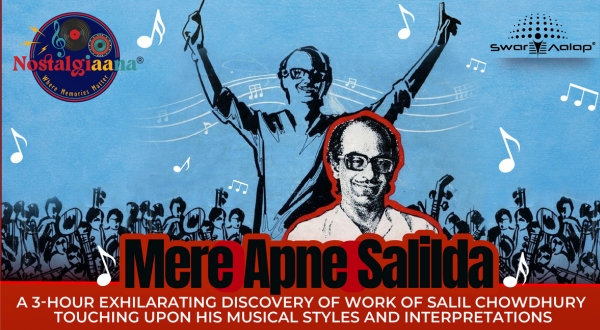
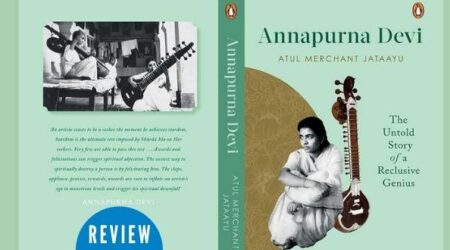
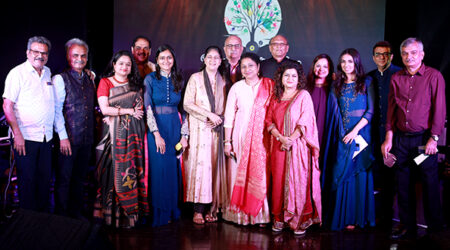
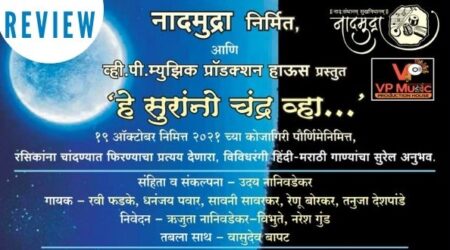
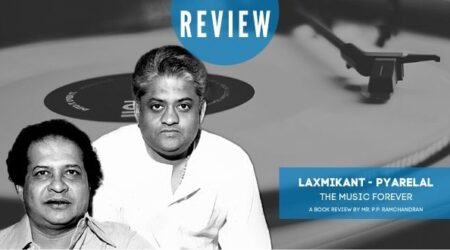
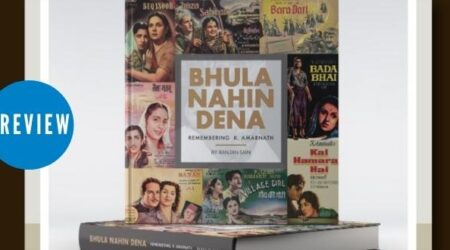
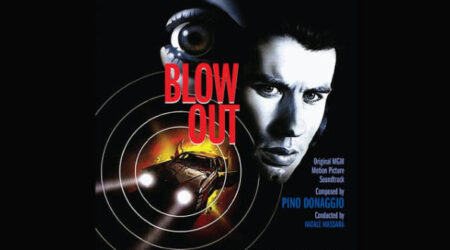

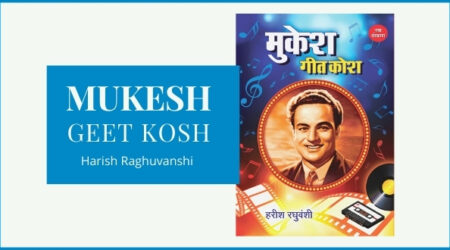
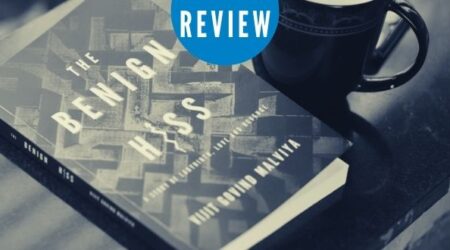
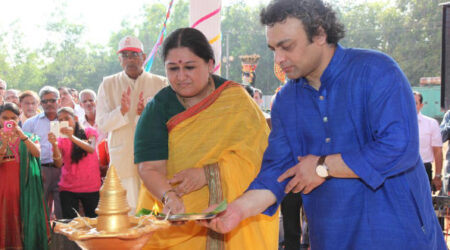

Leave a Reply